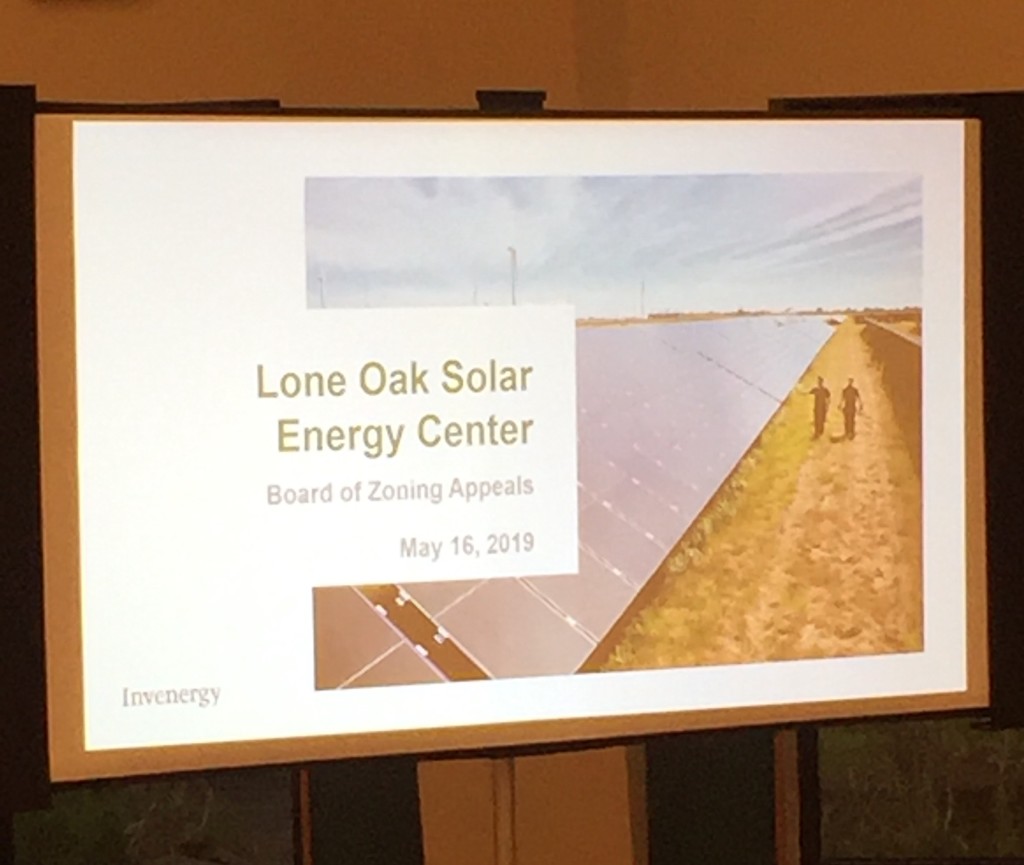Barry Shear, President Eagle Point Solar, bshear@eaglepointsolar.com
Solar project developer takes dispute with We Energies to court, suing the utility and Public Service Commission
Eagle Point Solar has sued the Public Service Commission and We Energies, seeking a ruling that would allow solar developers to own projects that provide electricity to one customer.
The lawsuit, filed in Dane County, is the next step in the dispute over Eagle Point’s scuttled project to install solar panels on six buildings owned by the City of Milwaukee.
Eagle Point’s project for the city was blocked last year when We Energies would not allow the solar power systems to connect to the utility’s system.
We Energies contended that the project was illegal because Eagle Point initially would own most of the systems and therefore was a public utility under state law. That in turn would prohibit Eagle Point from supplying electricity to one of We Energies' existing customers and would force Eagle Point to be regulated like a monopoly utility.
The PSC agreed with We Energies, contending that the issue of what is a public utility must be decided by the state Legislature.
Barry Shear, president of Eagle Point, had said that the dispute eventually would end up in court.
Shear prevailed in a similar lawsuit that went to the Iowa Supreme Court.
The outcome could determine whether cities, counties, school districts, universities, health systems and other nonprofit entities will have an additional way to pay for solar power projects.
Companies such as Eagle Point can take advantage of a 30% tax credit for solar projects and then can pass along part of those savings to lower the cost of adding solar power to buildings. The nonprofits do not pay taxes and therefore cannot access the credit on their own.
“This really has had a chilling effect on solar for municipalities,” Shear said.
The Environmental Law & Policy Center, an environmental advocacy group in the Midwest, and other groups are expected to intervene in the lawsuit filed in Dane County.
Eagle Point’s lawsuit — like its petition to the PSC — cites legal cases going back to 1911 and 1924 that found that an entity is not a public utility if it didn’t provide power to “the public.”
“If you have one customer, you are not a utility,” Shear said. “There is case law on this issue that is directly on point.”
We Energies also contends the law is clear — and that if an entity sells electricity to one of its customers, it is a public utility.





